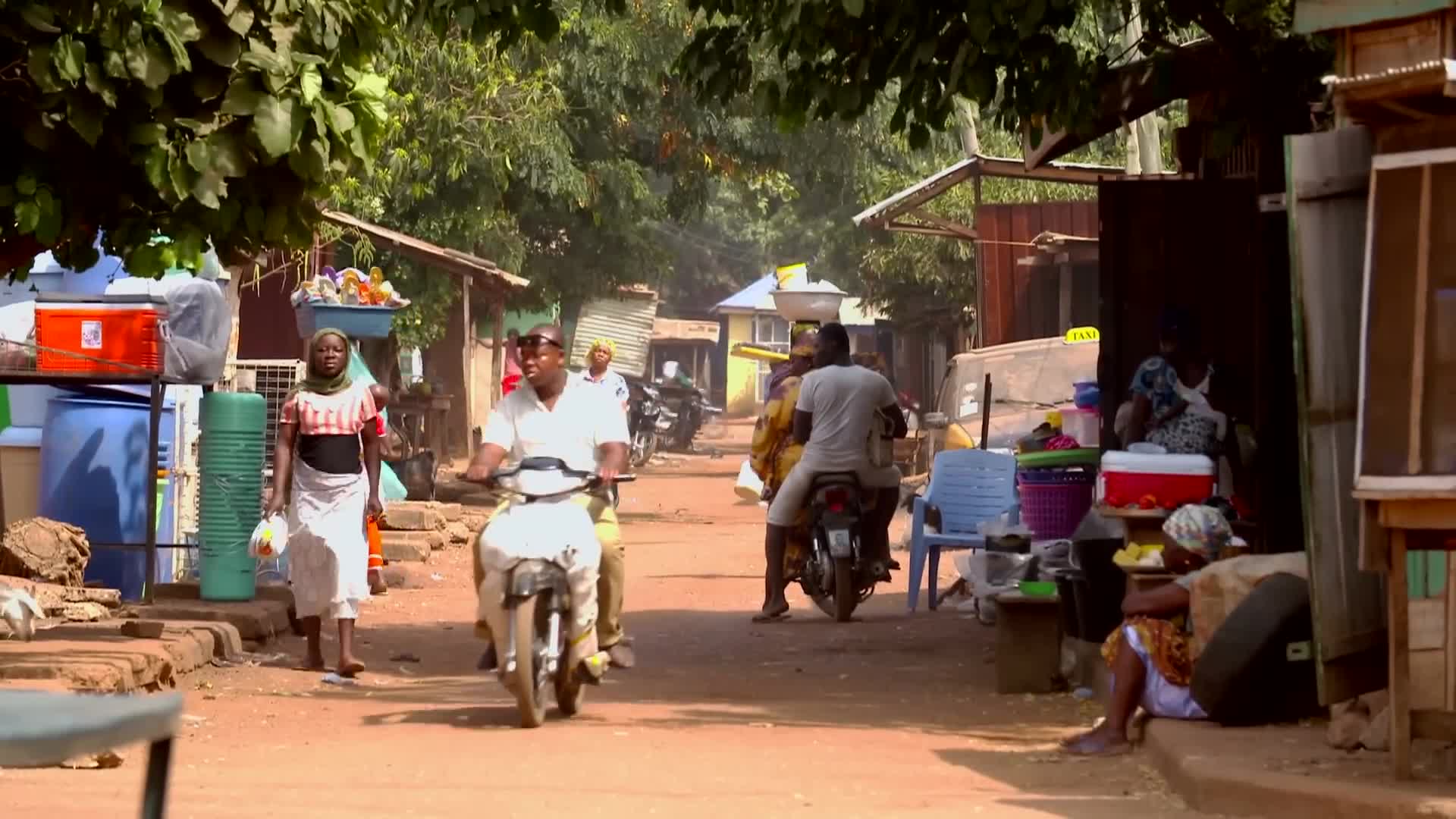Comparative Geography
Comparative geography is a critical area of study within the broader discipline of geography, focusing on the systematic examination of geographical features across different regions. This approach enables researchers to identify patterns of similarity and difference that can reveal insights into physical landscapes, human activities, and their interconnections. Employing various geographic comparison methods and spatial analysis techniques, comparative geography plays a crucial role in understanding phenomena such as urban development, resource distribution, and cultural evolution. It serves both nomothetic functions, which aim to establish general theories, and diachronic functions, which examine processes over time, thereby enriching our comprehension of diverse spatial contexts. The relevance of comparative geography has become increasingly significant in recent years, as its interdisciplinary approaches are integrated into various fields, including environmental studies, tourism geographies, and social sciences. Educational institutions are recognizing the importance of geography as part of the STEM disciplines, reflecting its essential role in addressing pressing global issues such as international boundaries, resource conflicts, and climate change. As geographic information systems (GIS) and spatial skills gain prominence in workforce development, comparative geography not only contributes to academic discourse but also facilitates practical applications that inform policy-making and sustainable development. Ultimately, the study of comparative geography fosters a deeper understanding of the complexities inherent in the interplay between human societies and their environments.
How does Singapore accommodate its population despite its small land size?
Singapore, with only 736 square kilometers of land (smaller than New York City), is one of the most densely populated places in the world, housing approximately 6 million people. This makes it unique as the only true functioning city-state in the modern world. While this population is considered large for a city, it's relatively small for a country. Singapore has managed to thrive despite its spatial limitations, creating a vibrant metropolitan environment that balances dense urban living with economic prosperity, establishing itself as a significant global player despite its limited geographical footprint.
Watch clip answer (00:20m)How does Africa's geography hinder trade and economic development?
Africa's unique elevation profile creates significant barriers to trade. Unlike Europe, most of Africa features high plateaus that rapidly descend to sea level near the coasts, forming steep escarpments. These create narrow coastal plains (often just dozens of kilometers wide) with limited hinterlands for development. Additionally, Africa lacks navigable rivers connecting to oceans, eliminating possibilities for maritime riverine trade between the interior and global markets. This geographical isolation, combined with few natural harbors, has historically prevented efficient trade connections and contributed substantially to the continent's economic challenges.
Watch clip answer (01:33m)Why does the Democratic Republic of the Congo (DRC) experience such extreme poverty despite its vast mineral wealth?
The DRC's poverty stems from two major factors. First, its brutal colonial history under Belgian rule, which pillaged resources and brutalized the population for nearly a century, creating lasting legacies that continue to impact development. Second, the country's challenging natural geography severely constrains economic growth and trade. Despite possessing mineral reserves worth approximately $24 trillion including cobalt, coltan, copper, gold, diamonds, and lithium, the DRC has a nominal GDP per capita of just $702—the 11th lowest globally. This stark contrast between extreme wealth and poverty illustrates how historical exploitation and geographical constraints have trapped the second-largest country in Africa in chronic underdevelopment.
Watch clip answer (01:56m)How does Africa's geography impact trade opportunities compared to other continents?
Africa faces severe geographical disadvantages for trade compared to other continents. While China's Yangtze River and North America's Mississippi Basin offer extensive navigable waterways connecting interior regions to oceans, Africa lacks such natural transportation networks. The Nile River, Africa's only significant navigable waterway, becomes unnavigable beyond Khartoum in Sudan due to rapids, preventing Sub-Saharan African merchants from efficient sea access. This geographical constraint forces African merchants to use expensive land transportation around unnavigable river sections, significantly increasing costs compared to their European, Asian, and American counterparts. When combined with Africa's lack of natural harbors and the barrier of the Sahara Desert, these factors have historically isolated Sub-Saharan Africa from global trade opportunities, contributing to the continent's economic challenges.
Watch clip answer (02:36m)How has the geography of Africa contributed to the continent's chronic poverty?
The geography of Africa has severely handicapped its development throughout history, acting as a major contributor to the continent's chronic poverty. Geographical barriers such as extensive deserts, non-navigable rivers, and lack of natural harbors have created significant obstacles to trade and economic growth. These geographical limitations have held back Africa's peoples for generations, from ancient times through the present day. Despite being rich in natural resources, these geographical constraints, combined with historical challenges like colonialism and corruption, have created persistent socioeconomic difficulties that continue to impact development across the continent.
Watch clip answer (00:21m)Why is Africa so poor despite being rich in natural resources?
Africa remains the poorest continent despite possessing extraordinary mineral wealth, including 50% of all gold ever mined and the world's largest reserves of diamonds, platinum, and critical minerals like cobalt. This paradox stems from historical factors like colonialism and ongoing neocolonial exploitation, coupled with geographical challenges that hinder trade and development. The Democratic Republic of Congo illustrates this contradiction perfectly - it contains an estimated $24 trillion in mineral resources, yet its entire GDP in 2023 was only $66 billion, demonstrating how resource wealth fails to translate into economic prosperity for African nations.
Watch clip answer (02:28m)




